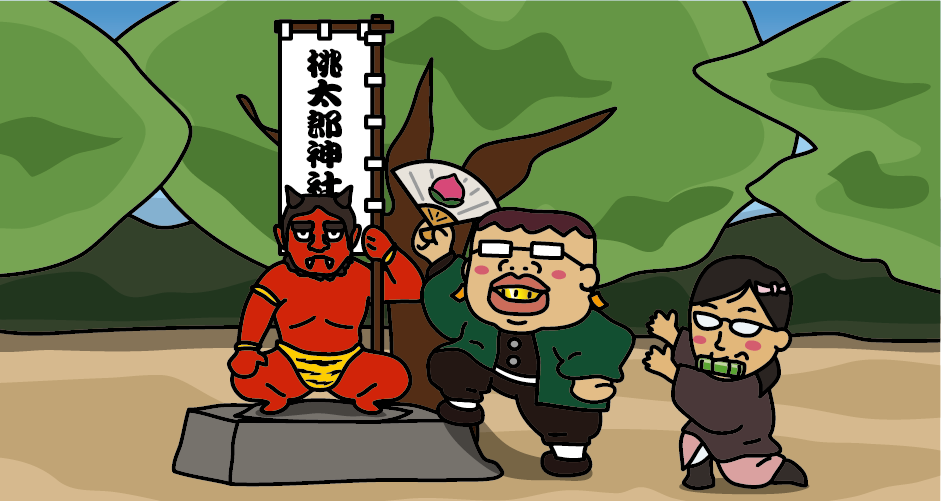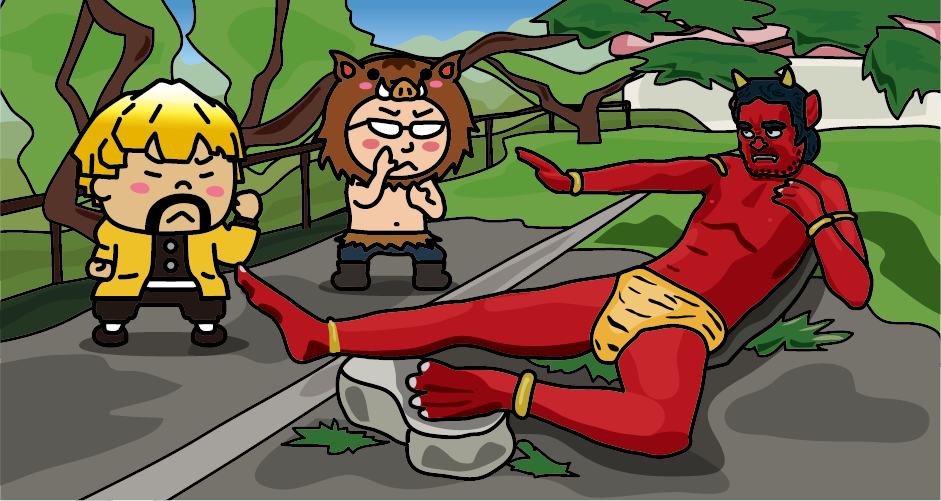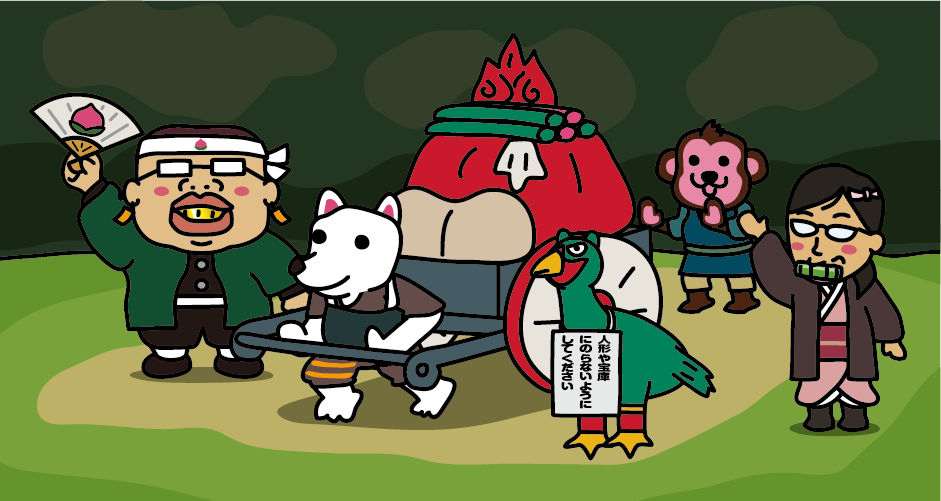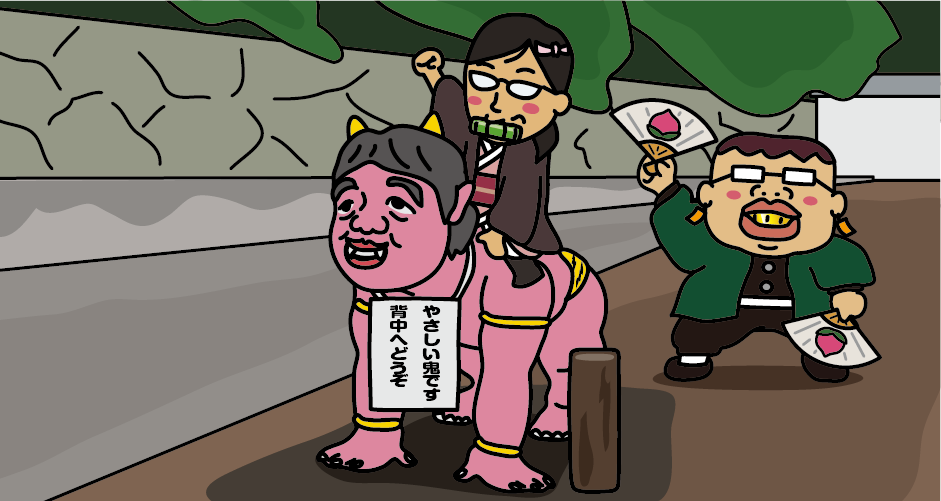A pilgrimage to the holy land of the folktale”Momotaro”! Momotaro Shrine in Aichi prefecture introduces the legend of “Momotaro” with a unique view of the world even though it is a shrine!
The legend of “Momotaro” is most famous in Okayama prefecture, but the legend of “Momotaro” also remains in the middle basin of the Kiso River, which straddles Aichi and Gifu prefectures.
According to the legend of “Momotaro“, which has been handed down around the Kiso River, “Momotaro Shrine” in Inuyama City, Aichi prefecture, is where the grandfather and grandmother in the story lived. It is said that when They died, Momotaro hid himself in a nearby mountain and never appeared again. In addition, the shape of this mountain gradually resembled a peach, so it came to be called “Momoyama (Mt. Momo)”, and it is said that the origin of Momotaro Shrine was built at the foot of the mountain to enshrine Momotaro. The torii gate of Momotaro Shrine is placed in the shape of a peach, a rarity in Japan, in honor of Momotaro.

In the precincts of the shrine, famous scenes from the legend of “Momotaro” are recreated with approximately 20 concrete objects created by Shoun Asano. (In addition to Momotaro Shrine, Shoun Asano’s works can also be viewed at Sekigahara Warland (Sekigahara-cho, Gifu prefecture) and Goshiki-en (Nisshin City, Aichi prefecture).

Surrounded by eccentric objects of Momotaro and demons, the precincts create a unique atmosphere that is different from ordinary shrines. It’s just like a theme park.

There are many place names around the Kiso River that support the “Momotaro” legend, and in the “Momotaro” of the Kiso River, the river where the old woman picked up a large peach is said to be the Kiso River.
In order to exterminate the demons that live on the island “Onigashima” (Kani City, Gifu prefecture) floating in the Kani River (Kiso River system),It is said that Momotaro headed for Onigashima with dog from Inu-yama (now Inuyama City), monkey from Saru-bora (now Inuyama City), and pheasant from Kiji-gatana (now Inuyama City).
* “Inu” means dog in Japanese.
* “Saru” means monkey in Japanese.
* “kiji” means pheasant in Japanese.

The place where Momotaro and the demon wrestled on the way to Onigashima is called “Torikumi” (now Sakahogi-cho, Gifu prefecture), and the place where the demon found Momotaro crossing to Onigashima by boat is called “Ima-Watari” (now Kani City, Gifu prefecture), and there are many place names related to Momotaro, such as “Hoshaku-ji Temple” (now Kakamigahara City, Gifu Prefecture), where he piled up the treasures he robbed from the demons.
* “Torikumi”means “fighting” in Japanese.
* “Watari” means river crossing in Japanese.
* “Hoshaku”means to pile up treasures in Japanese.

There is a treasure hall in the precincts of Momotaro Shrine. There are many B-class materials related to Momotaro and demons, such as “Oni no Chinpou (Demon’s rare treasure)”, on display.
Access to Momotaro Shrine
From Tokyo
It takes about 1 hour and 30 minutes from JR Tokyo Station to JR Nagoya Station by Tokaido Shinkansen.
From Osaka
It takes about 50 minutes from JR Shin-Osaka Station to JR Nagoya Station by Tokaido Shinkansen.
Transfer to Meitetsu Nagoya Station at JR Nagoya Station and from Meitetsu Nagoya Station to Meitetsu Inuyamayuen Station it takes about 40 minutes. About 5 minutes by taxi from Meitetsu Inuyama Yuen Station.
